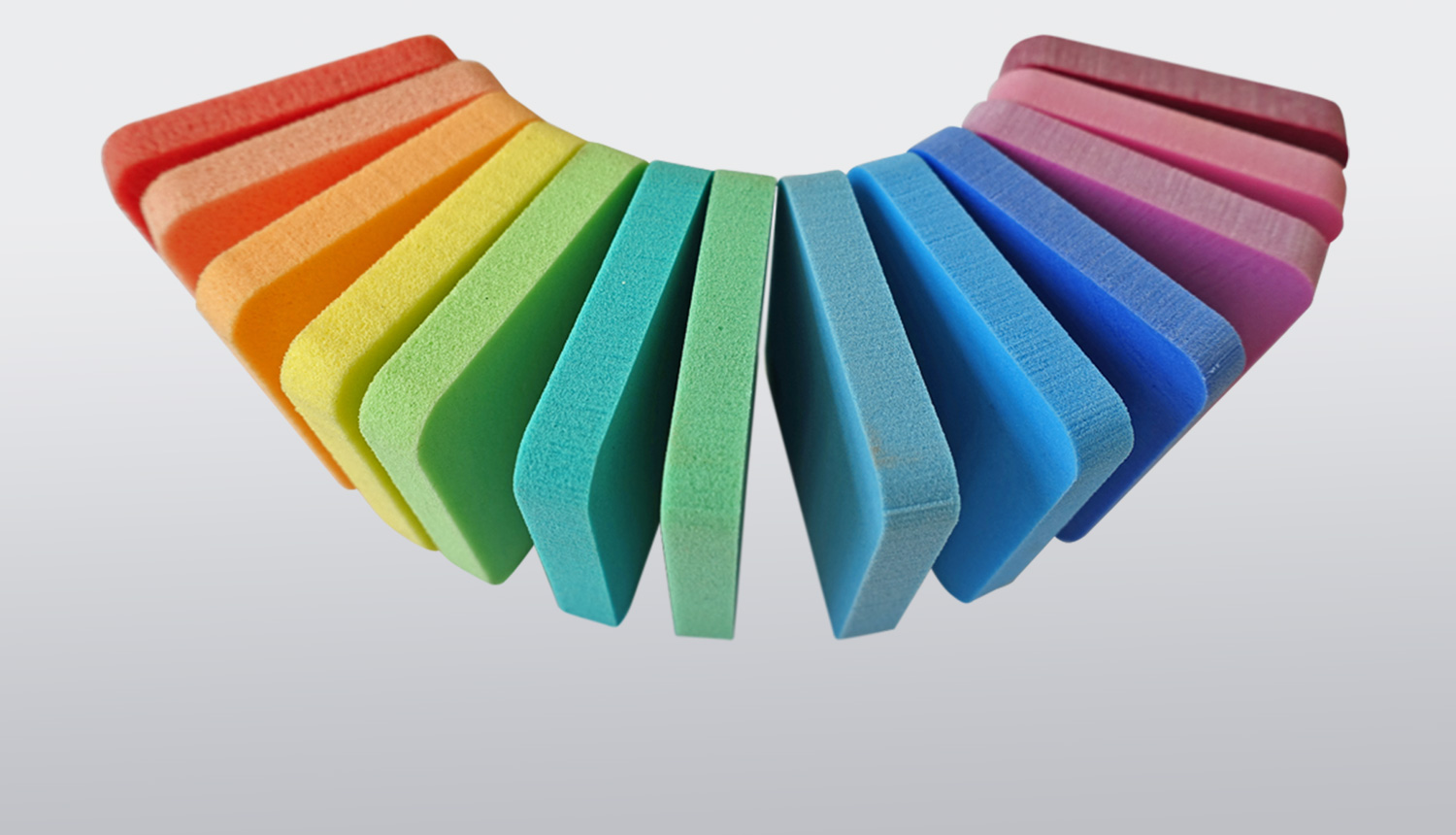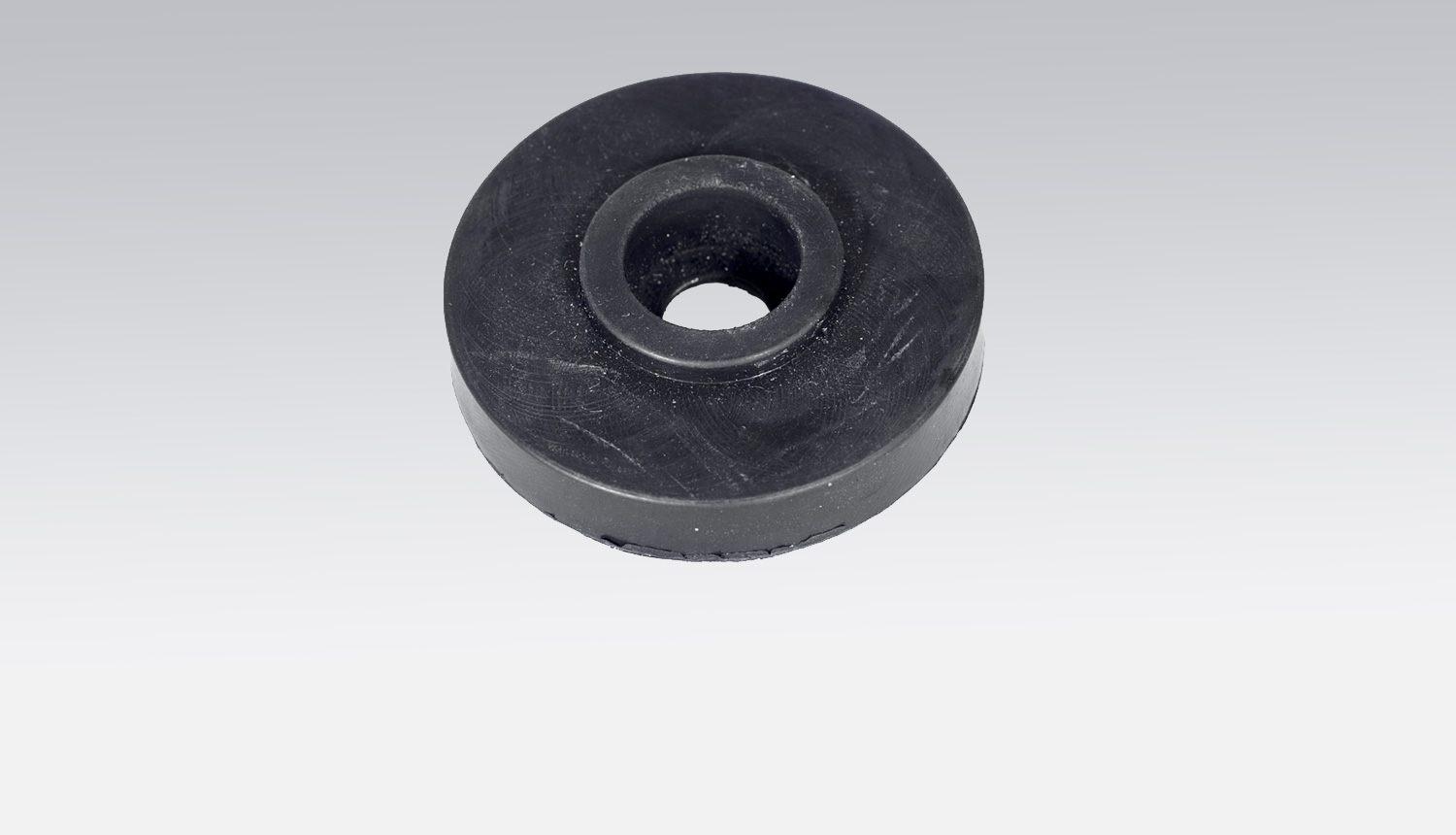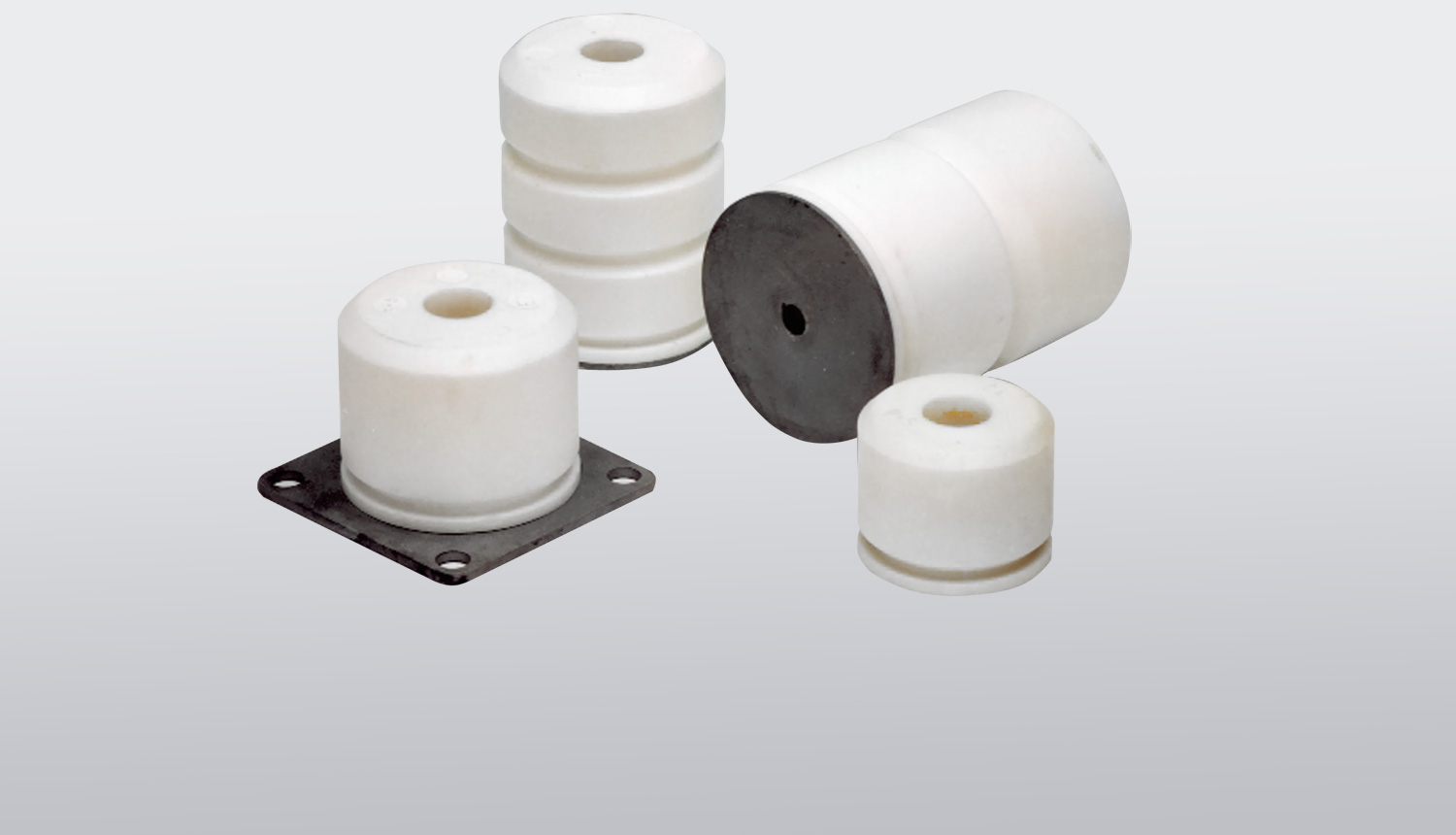Crane runways
Frequently asked questions (FAQ)
Generally speaking, structure-borne sound is sound that propagates in solid bodies such as steel, concrete, etc. through vibration.
Structure-borne sound is sound that propagates in a solid body. When sound is transmitted to a solid body, the latter is set into vibration by the sound transmission. Thereby the sound propagates e.g. over thin-walled metal sheets or over the masonry.
The well-known effects of structure-borne noise result in the unavoidable need to create effective vibration insulation. A technologically relatively simple type of structure-borne sound insulation is achieved by installing an intermediate layer as close as possible to the source of interference, which interrupts the path of the sound vibrations. Motors, for example, are placed on specially designed vibration insulation bodies, thereby making them a vibration system that is almost independent of the environment or support. The same applies to building floors which are periodically subjected to powerful horizontal and vertical impulses at the same time, which are then freed from vibrations both horizontally and vertically by insulation.
Vibrations and structure-borne noise are vibrations and can be positively influenced by applying the following basic principles of vibration reduction or by design measures.
Vibration insulation, structure-borne sound insulation and impact insulation design measures
Impact insulation reduces the impact-like forces that arise as a result of impact excitation.
Moving parts on machines, equipment, apparatus and vehicles generate vibrations and noise. They are caused by uneven or rotating movements of unbalanced masses. Vibrations and shocks act as vibrations and noise disturb the environment.
Due to the favourable material properties, Vibra?syl is suitable for almost every application for vibration insulation and for the decoupling of structure-borne noise.
Vibra?syl insulating mats are used as flat sheet material or in the form of finished damping elements for damping under pressure and shear loads - for example in the storage of buildings, machines or industrial components up to stage technology.
The use of Vibra?syl on machines and industrial components offers : isolation of disturbing machine vibrations, higher precision performance, less wear, longer machine life, better working conditions, good resistance to mineral oils and greases and diluted acids and alkalis.
The use of Vibra?syl in buildings offers Safe vibration protection of the building or part of a building against external sources of disturbance and their vibrations (also impact sound insulation), increase in the market value of the building, improved quality of life and work and a sustainable solution for the expected increasing comfort requirements.
Vibra?syl insulation mats are made of open-pored foam and absorb liquids.?
Bearing dimensioning (with Vibrasyl)
Engine weight?
Machine type?
are large moving masses present? (stability)
Passive or active insulation
Number of bearing points?
Position of the bearing points to the machine (stability)
even load on the bearing points? (center of gravity)
Dimensions of the individual bearing points? (area)
the supports must be smooth at the bottom
If there are more than 3 bearing points, all elements must spring in evenly (assembly)
this information is entered into the Vibraplast calculation program and the corresponding Vibrasyl is determined.
Check/specify natural frequency because of possible resonances.



